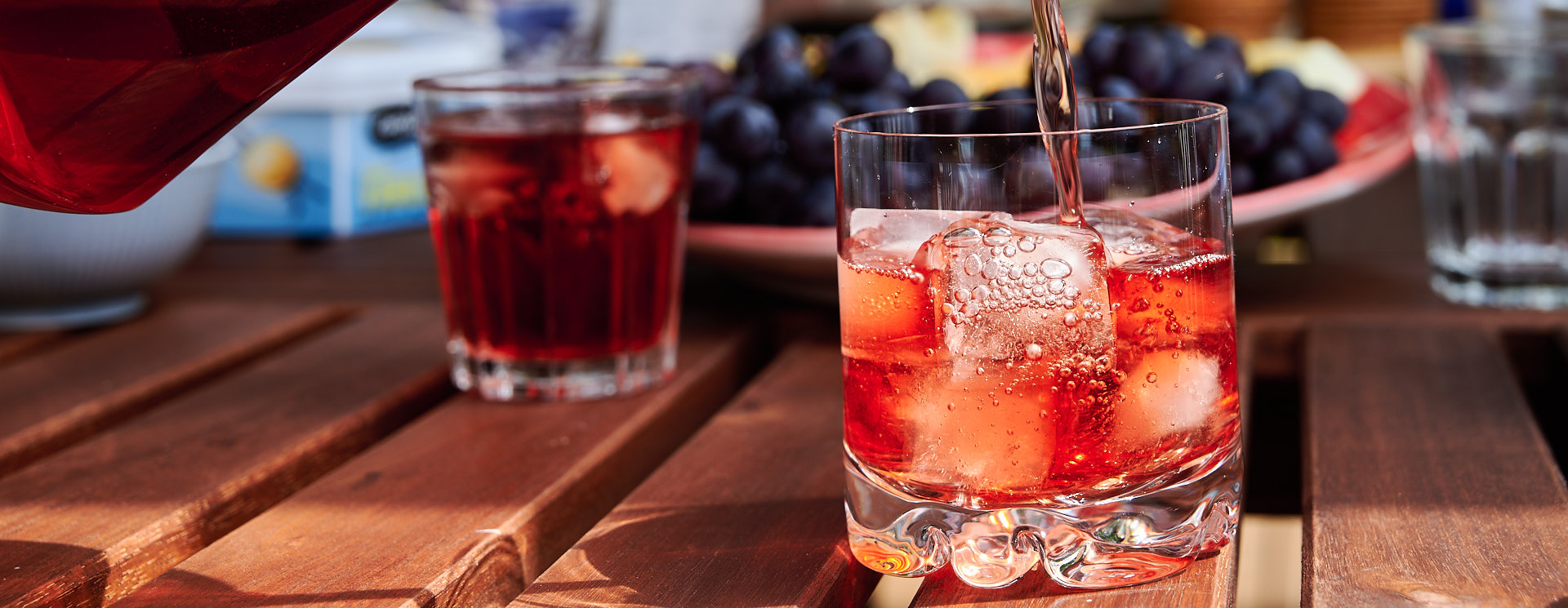
Iced tea: a cooling classic with a long history
It seems that year after year, iced tea is becoming more and more popular in summer, but did you know that it has a long history? It started appearing in recipe books and newspaper articles in the US in the mid-19th century. But the big breakthrough came at the 1904 World's Fair in St. Louis.
St. Louis 1904 - Iced tea takes the world by storm
At the World's Fair, officially known as the Louisiana Purchase Exposition, millions of visitors gathered to see innovations and inventions from around the world. It was a hot summer, and a British tea merchant named Richard Blechynden was selling tea from his plantation in Sri Lanka. He had planned to offer visitors 'regular', or hot, tea. But the heat meant that no one wanted anything hot in their glass - so to save the day, Blechynden started serving his tea over ice.
The cold, refreshing tea was an instant hit. Visitors loved it, and soon the concept spread like wildfire. What started as a stopgap measure became a new beverage trend, and over the following decades iced tea became an integral part of American drinking culture - especially in the South, where people still love their sweetened sweet tea today. Other versions of the story suggest that iced tea was already common in the southern United States, and that Blechynden, knowing this, had already planned to introduce iced tea. Regardless, this event had a major impact on tea culture.
Tea punches and cold tea drinks in the past
Long before iced tea became popular, Europeans had recipes for tea punches - punch based on tea, often with rum or brandy, sugar, lemon and spices. The punches were normally served hot or simply chilled, as ice was expensive and hard to come by until the mid-19th century. The word punch actually comes from the Sanskrit word pañc, meaning five, as the original punch recipes contained five ingredients: liquor, sugar, lemon, water and spices. Punch arrived in Europe via British sailors and the East India Company in the 17th century, and tea soon became a common ingredient.
And in China?
China has a long tradition of tea, of course, but it was almost always drunk hot, even in summer. During the Tang and Song dynasties (7th to 12th centuries), there are descriptions of cold tea infusions, often for medicinal purposes. However, these were not iced teas with ice cubes, but rather tea that had been allowed to cool. The concept of a chilled, refreshing glass of iced tea as we know it today is a Western invention, with ice and cooling techniques becoming commonplace in the 19th and 20th centuries.
Making iced tea at home - some tips
The best thing about iced tea is that it's easy to make yourself, but there are a few things to keep in mind:
- Choose the right tea: Black tea is classic, but green, white and herbal teas also work well. Experiment to find your favorite. Popular types of tea are fruity varieties; orange, peach and mango usually work well.
- Brew twice as strong: Since ice dilutes the drink, it's smart to brew the tea much stronger than usual.
- Sweeten when the tea is hot: If you want to add sugar, once it cools down, it's too late and sugar will remain at the bottom.
- If you're in a hurry: fill the glasses with ice and pour the tea (preferably not too hot) over them, ready in one go.
- Flavor: Add lemon slices, passion fruit, strawberries or other goodies
Want to try a ready-made tea for iced tea?
If you want a ready-made tea variety that is perfect for making iced tea, we recommend Amanda's Iced Tea. It's a fresh blend specially designed to give a sweet fruity and slightly tart taste even when chilled - perfect for lazy summer days. See for yourself how delicious and easy it is to make your own iced tea at home!
